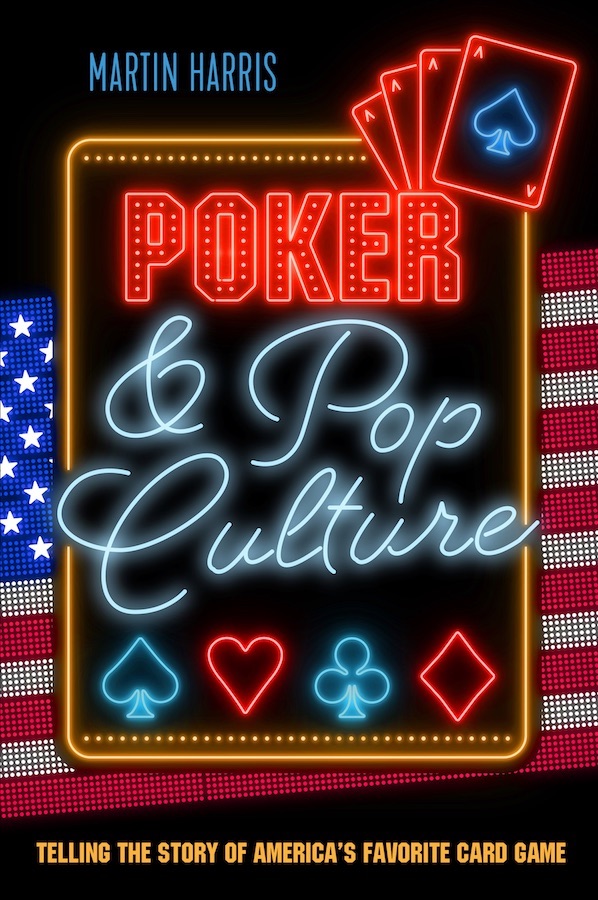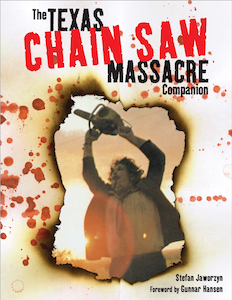A 100-Year-Old Poker Movie: A Cure for Pokeritis
Since 1989 there have been 25 films selected every year to be added to the National Film Registry, each selected for “enduring significance to American culture.” Each year’s list typically includes a wide variety of features and shorts, including both mainstream fare as well as more obscure titles. Thus does one find everything from The Wizard of Oz to The Exorcist to The Muppet Movie to the Zapruder film among the works that have been chosen to date.
A Cure for Pokeritis is not the first film involving poker to have been selected for preservation. In 2005, both Cool Hand Luke (1967) and The Sting (1973) were chosen, two films which each include highly memorable poker scenes. That said, A Cure for Pokeritis is most certainly the only “poker movie” to have been chosen for the National Film Registry thus far. It is also an interesting document of the place and significance of poker in American culture during the early 20th century.
The process for selecting films begins with the National Film Preservation Board and the general public compiling a list of films. Then James H. Billington, currently the Librarian of Congress, personally selects the 25 films for inclusion. When announcing the 2011 list -- yet another eclectic bunch that included both Bambi and Silence of the Lambs -- Billington referred to the National Film Registry as “a celebration of America… in all its variegated richness.”
While the selection of A Cure for Pokeritis helps bolster the case for poker’s prominence in American culture, the choice was mostly made thanks to the starring turn of the comic actor John Bunny. Bunny appeared in more than 150 silent films, making the rotund actor one of America’s most important early film stars and a national celebrity prior to his untimely death in 1915.
A number of Bunny’s films saw him playing the role of a henpecked husband, often starring opposite Flora Finch as one of cinema’s first comedy teams. A Cure for Pokeritis, directed by Laurence Trimble for Vitagraph, typifies that formula, pitting the two against one another with poker being the wedge that divides a married couple.
An initial title card explains the opening scene: “A game of poker. Loser again.” We watch the round-faced Bunny as George Brown don his hat and jacket as he leaves a smoke-filled poker game, apparently having to borrow money from another player before he exits just to cover the fare home. He returns home late, endures a berating from his wife Mary (Finch), and tries to smooth things over by swearing to her he'll never play poker again.
A week passes, and George receives an invite to be initiated into the “Sons of the Morning,” a men’s lodge that meets every Wednesday night. According to the terms of the lodge, failure to appear incurs a fee of ten dollars, thus giving Mary no choice but to agree to her husband’s participation.
Of course it’s all a ruse -- the “Sons of the Morning” is just an cover for the same weekly poker game Brown had been playing before. The plan works until Brown starts talking in his sleep, giving away his secret to his wife. She then recruits strait-laced Cousin Freddie to help with her plight, and he in turn recruits his Bible club to help him out.
Soon Cousin Freddie and Mary’s plotting involves more wives who are also angry about their poker-playing husbands, and they all have “an indignation meeting” with Freddie in which a plan is finalized. Freddie and the other Bible club members then dress up as policemen and with the wives in tow conduct a faux raid on George's poker game.
Fears of arrest soon dissolve into animated expressions of relief among the players, with George and Mary's film-ending embrace apparently signaling his having once and for all agreed to stop playing poker.
Besides highlighting the general prominence of poker at the time, A Cure for Pokeritis reminds us of a couple of other cultural significances of poker from a hundred years ago.
One is the way poker had by the early 20th century found its way from the saloons and steamboats into private homes and clubs to enter the domestic sphere. No longer a game just for cardsharps and cheats, poker had found its way into the living rooms of all classes, a move similarly indicated by C.M. Coolidge’s famous “dogs playing poker” series of paintings from 1903.
And like Coolidge’s paintings -- in which only male dogs play (while female dogs occasionally watch) -- the cigar-chomping, masculine culture of poker is on display in A Cure for Pokeritis as well.
The other idea -- indicated by the film’s title and plot -- is that poker represents a kind of disease or illness in need of curing. With the temperance movement in full swing (the Volstead Act and start of prohibition would come just a few years later), poker and gambling were associated with other vices thought by many in need of being remedied.
Besides being one of cinemas first stars, John Bunny also was mindful of the great potential of motion pictures both for entertainment and instruction. Anticipating the age in which we currently live where video and other means of “visual learning” have become commonplace, Bunny once famously told an interviewer he believed “many branches of learning now so objectionable to children will be made interesting by the use of motion pictures.”
Bunny was right. And indeed, among other things, A Cure for Pokeritis certainly teaches us something about poker’s place in American culture a century ago.
Labels: *the rumble, A Cure for Pokeritis, Dogs Playing Poker, film, National Film Registry















0 Comments:
Post a Comment
<< Home